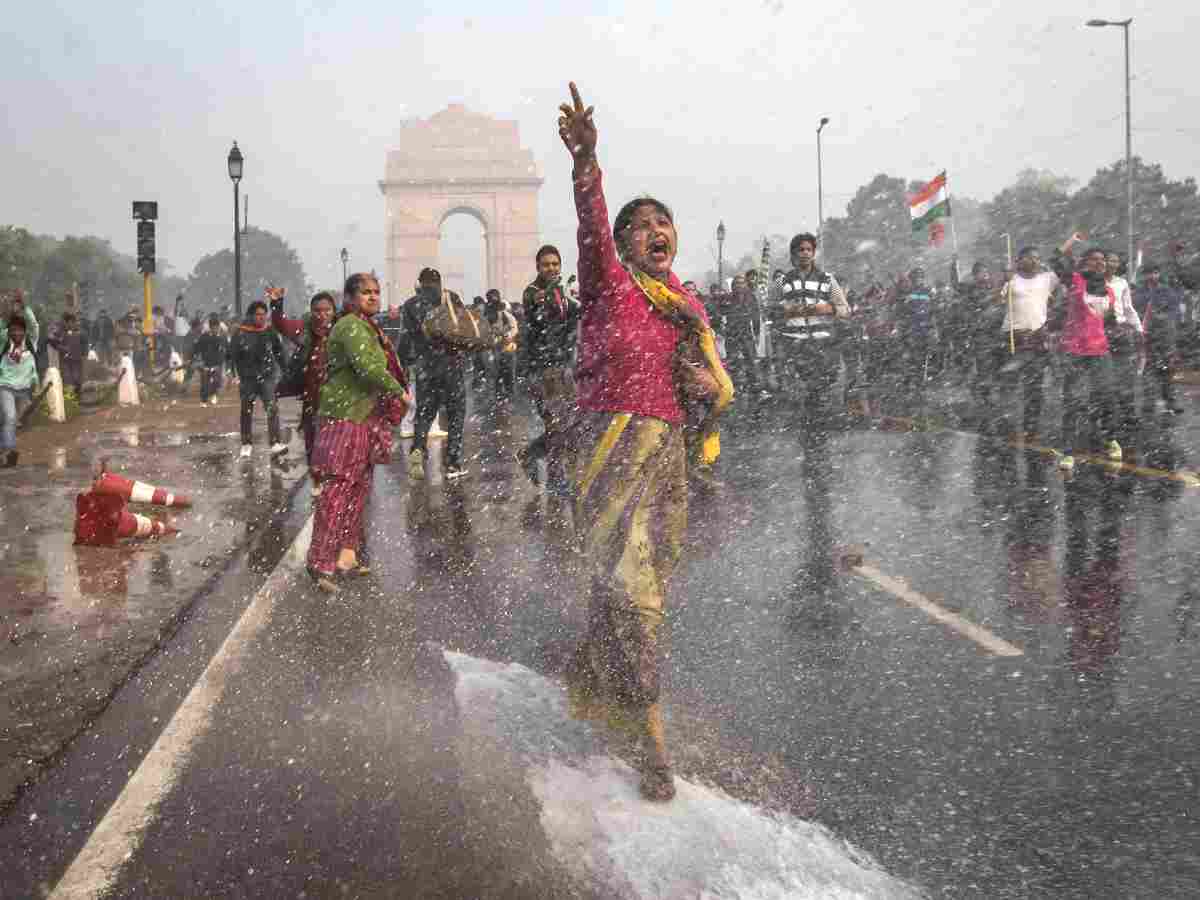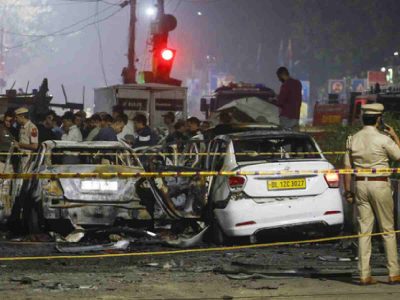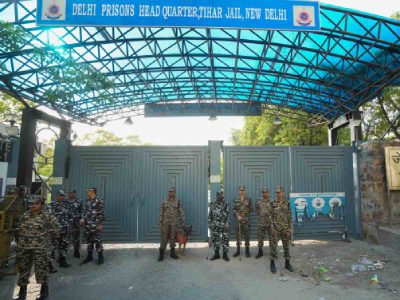Walking inside the much-hallowed halls leading to the confines of North Delhi’s Tis Hazari Court, one is almost always greeted by intense activity to and from the complex. The range of people moving about is extremely diverse — potential clients seeking document attestation, lawyers thronging back and forth in an attempt to woo prospective clients, and an enormous file of people queued in front of multiple printing stores.
However, once inside, the frenetic activity dies down as one enters the court building. Housed within it is a solitary unmarked door which, according to a worker, used to display a paper sign stating One Stop Centre (OSC) — though no such display exists presently. Part of the legal overhaul following the harrowing Delhi gangrape incident 12 years ago, this initiative now lies in shambles.
The One Stop Centre scheme was introduced in 2015 to aid women and children subjected to violence within the “family, community or workplace.”
The scheme was described as “One Stop Centres (OSCs) are intended to support women affected by violence, in private and public spaces, within the family, community, and at the workplace.”
These guidelines were extended to girls under 18 years through relevant sections of the Juvenile Justice (Care and Protection of Children) Act, 2000, and the Protection of Children from Sexual Offence Act, 2012.
However, implementation on the ground leaves much to be desired.
The reality of OSCs in court complexes
Inside the Tis Hazari court complex’s OSC, the establishment lacks many of the key elements initially envisioned under the scheme. A dedicated reception, counsellors, a courtroom, and equipment for video conferencing were meant to be part of the set-up. However, much of this is missing.
According to the Delhi State Legal Services Authority (DSLSA), Delhi has six OSCs in court complexes, including Saket Court, Karkardooma Court, Patiala House Court, Rohini Court, and Dwarka Court. Unfortunately, the scenario is similar across the board.
As per guidelines, OSCs for legal aid must have counsellors on board, but a junior worker at the court revealed that no counsellor is present due to the low footfall. He added, “The lack of a proper sign does not help our case a lot.”
The situation is no better at East Delhi’s Karkardooma Court, Delhi’s largest court complex. Here too, the absence of visible signage and the lack of visitors underscores systemic neglect. These centres, initially created to provide fast-track legal aid and support to women traumatised by sexual and domestic violence, lie in neglect due to systemic indifference.
Challenges in functionality
A senior lawyer explained the problem, stating, “The lack of counsellors and the almost ‘invisible’ nature of these centres stems from the courts’ focus on reducing case backlogs. There are scores of cases pending hearing at multiple district courts across the national capital. From financial disputes to more serious cases of aggravated and sexual assaults, all are pending hearing. Making these OSCs functional would bring attention to the pendency rates, which courts want to avoid.” The lawyer spoke on condition of anonymity.
Ironically, the scheme’s motive was to reduce the courts’ burden while providing support to aggrieved women.
Lack of accessibility
This neglect is evident when attempting to contact OSCs. Of the six court OSCs, phone numbers are listed for only three — Saket, Rohini, and Tis Hazari. Calls to these numbers either redirect to the courts’ central helpline or go unanswered. Rohini Court’s listed number, a mobile phone, is switched off indefinitely.
OSCs at hospitals
In addition to court-based OSCs, Delhi has 11 hospital-based OSCs designed to provide medical and legal assistance. These are spread across the city’s districts, including IHBAS Hospital Complex for Shahdara, Lal Bahadur Shastri Hospital for East Delhi, and LNJP Hospital for Central Delhi. While case worker positions are filled at all centres, the OSC in North East Delhi lacks a central administrator. Reaching these officers is difficult, with calls often unanswered or numbers non-existent.
Unused Nirbhaya Fund
On November 19, the Delhi High Court noted that 87% of the Nirbhaya Fund remains unused. Workers at OSCs, funded by the state government, have faced delayed salaries spanning months or received payments in lump sums. A worker at an OSC said, “Many leave because of delayed salaries. Even those willing to help are constrained by not being paid for their work.”
Also Read: 12 years after Nirbhaya, why women in Delhi still fear the dark
Despite promises by the Delhi government’s revenue department to address the issue, no changes have materialised.
The Nirbhaya Fund, launched in the 2013 Union Budget with a corpus of Rs 1,000 crore, has seen minimal utilisation over the past 11 years. Delhi, despite its alarming crime statistics — recording 1,393 rapes as of August 31, averaging five incidents daily — remains one of the worst offenders in underutilising this fund.





